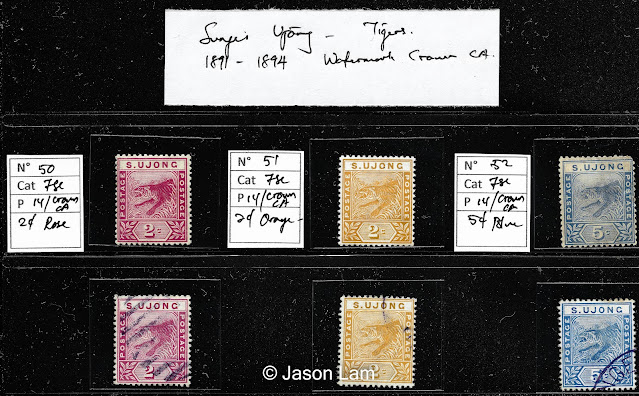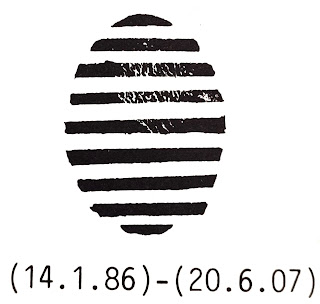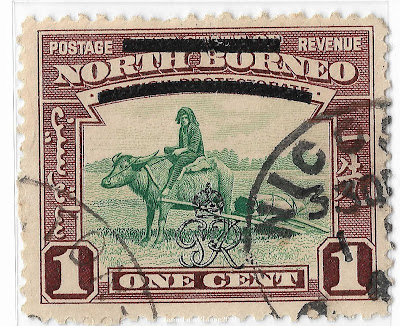Obliterators of Straits Settlements - Circular Bars

Early methods of defacing stamps of Straits Settlements largely comprised of obliterators such the famous octagonal obliterator (B109 - Malacca; B172 - Singapore; and B147 - Penang), duplex killer cancels, and dumb type obliterators. This brief update is on circular bar cancels, which its recorded usage is seen in Singapore between 1872-1874 and 1879-1880. Singapore, Proud K11 Singapore, Proud K17 To be frank, it is almost impossible to tell between K11 and K17 as both consists of 12 bars and are of equal dimensions. The only difference is usage period. 1868 2c Brown, ISC11, Watermark Crown CC with Proud K11 1868 6c Dull lilac, ISC13, Watermark Crown CC with Proud K11 1867 24c Blue-green, ISC16, Watermark Crown CC with Proud K11 In these three stamps, it is K11 since it corresponds to the period, which I think is only possible way to distinguish between these two. In what was recorded by Proud, K11 seemed slightly thicker than K17. However, this is also very subjective...





